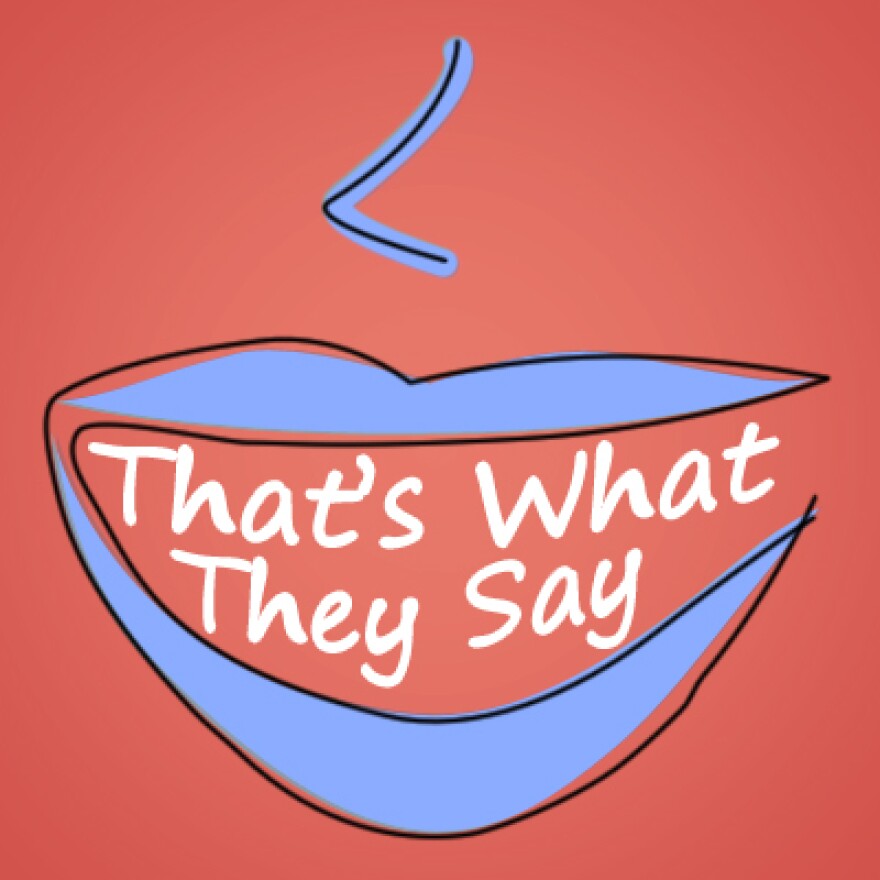We can talk about sending emails back and forth. But why does it sound odd to talk about sending them forth and back?
It may not sound right, but some would argue that "forth and back" makes more sense. So why is the order flipped?
As it turns out, "back and forth" has been around for about 400 years.
This phrase is typically used as an adverb, such as "We sent emails back and forth." Since the 1940s though, it can also be used as a noun, as in "We had a long back and forth about that."
It's true that "back and forth" is not logical. For example, saying, "I go back and forth to work" doesn't make any sense, because you "go forth" to work before you "go back" home.
However, in the 560-million-word Corpus of Contemporary American English, there are around 12 thousand examples of "back and forth." There are only three examples of "forth and back."
In contrast, in the expression "to and fro," the directionality is different. Going away, or "to," comes first. The coming back from, "fro," comes second. This expression is rarely found in reverse, "fro and to."
The truth is, "back and forth" is an idiomatic expression. In English, idiomatic expressions don't have to make sense. They just have to be there.





